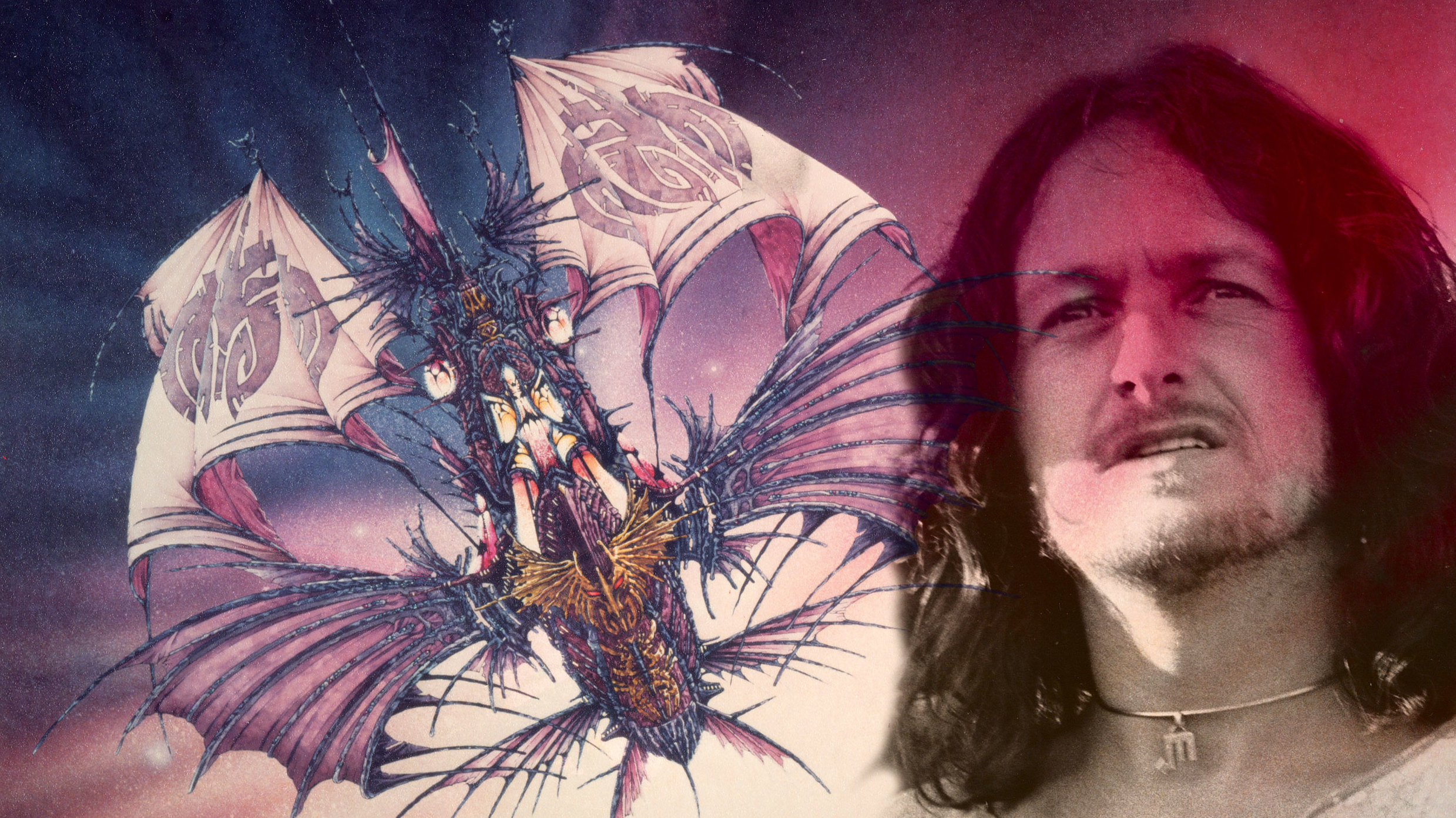In 1975, the five members of Yes Mk V – Chris Squire, Steve Howe, Alan White, Patrick Moraz and Jon Anderson – took a break from the day job to record solo material. The experiment, in the main, worked. The resulting albums displayed different aspects of the virtuosity of their mother group (or in White’s case, inspired collaboration).
However, it was Jon Anderson’s work that caused the biggest stir. Recorded alone in his garage at home, his first solo release became the most sophisticated garage (one-man) band album of all time. Olias Of Sunhillow offered not just a collection of songs, but also an entire universe, complete, at times, with its own language.
Inspired by Roger Dean’s design for the cover of Yes’ 1971 album Fragile, the concept tells the tale of four tribes on the planet Sunhillow – Nagrunium, Asatranius, Oractaniom and Nordranious, fact fans – each representing a different aspect of musical consciousness. When a volcano erupts and threatens the planet, the magician Olias builds an ark (the Moorglade) with his cohorts (Ranyart and Qoquaq) for the population to escape. This richness of detail coursed through every aspect of the project from the musical representation of the characters to David Fairbrother-Roe’s artwork.
From a distance of 45 years, Olias sounds quite extraordinary, a missing piece in the Yes jigsaw. The fact Anderson played and sung every note on it himself, learning how to play instruments from scratch made it all the more remarkable. Its oriental motifs and cascading synths led people to believe it was actually Vangelis playing, a myth debunked, like many others in the splendid notes and interview with Anderson in this new edition. There’s tribal drumming, a proto R2-D2 on Dance Of Ranyart/Olias (To Build The Moon), generous helpings of mysticism, lots of harp, aural babbling brooks and Anderson’s beautifully pure tones, often multilayered within an inch of their life.
A whole career could have been built from Olias Of Sunhillow, with stage shows, films and books around the concept – however time marched on, and, within months, Yes were back on tour and recording again. The album’s celestial grace, such a positive boon in early 1976, was much less so in the years that immediately followed, and Olias fell somewhat off the radar. Adored by those who knew, it didn’t retain the staying power of the era’s other (largely) self-played masterpiece, Tubular Bells. Anderson still talks of making the album’s follow up, The Songs Of Zamran: Son of Olias; but until then, this splendid remastered double edition of the original with its 5.1 will more than suffice.

